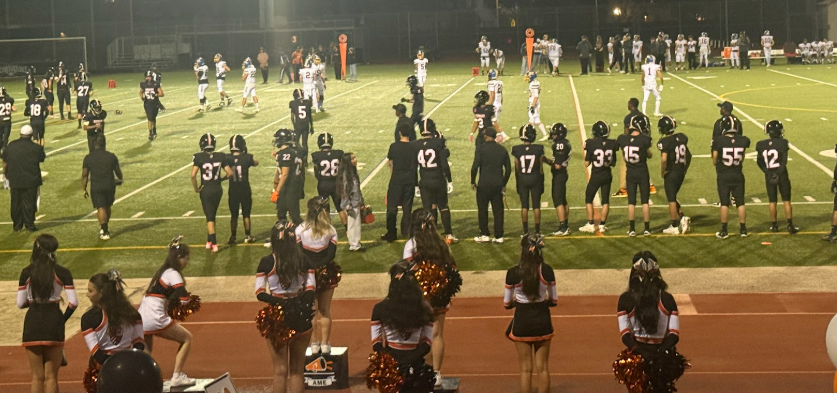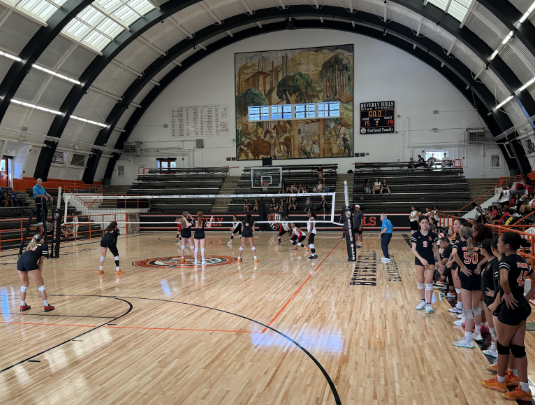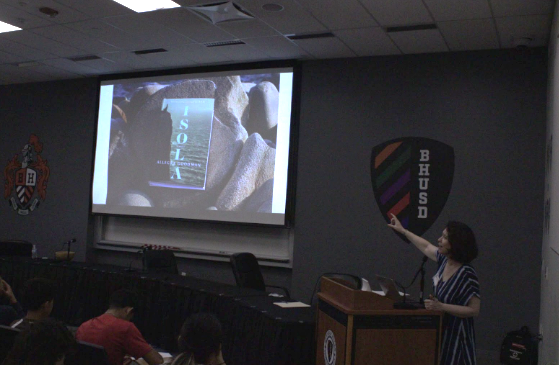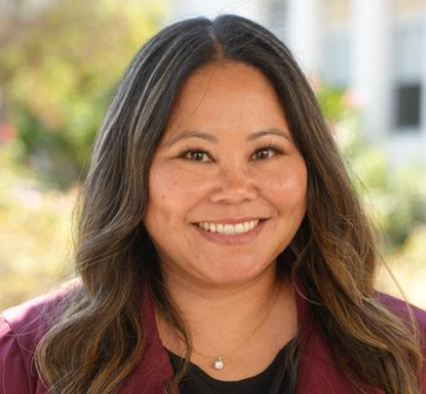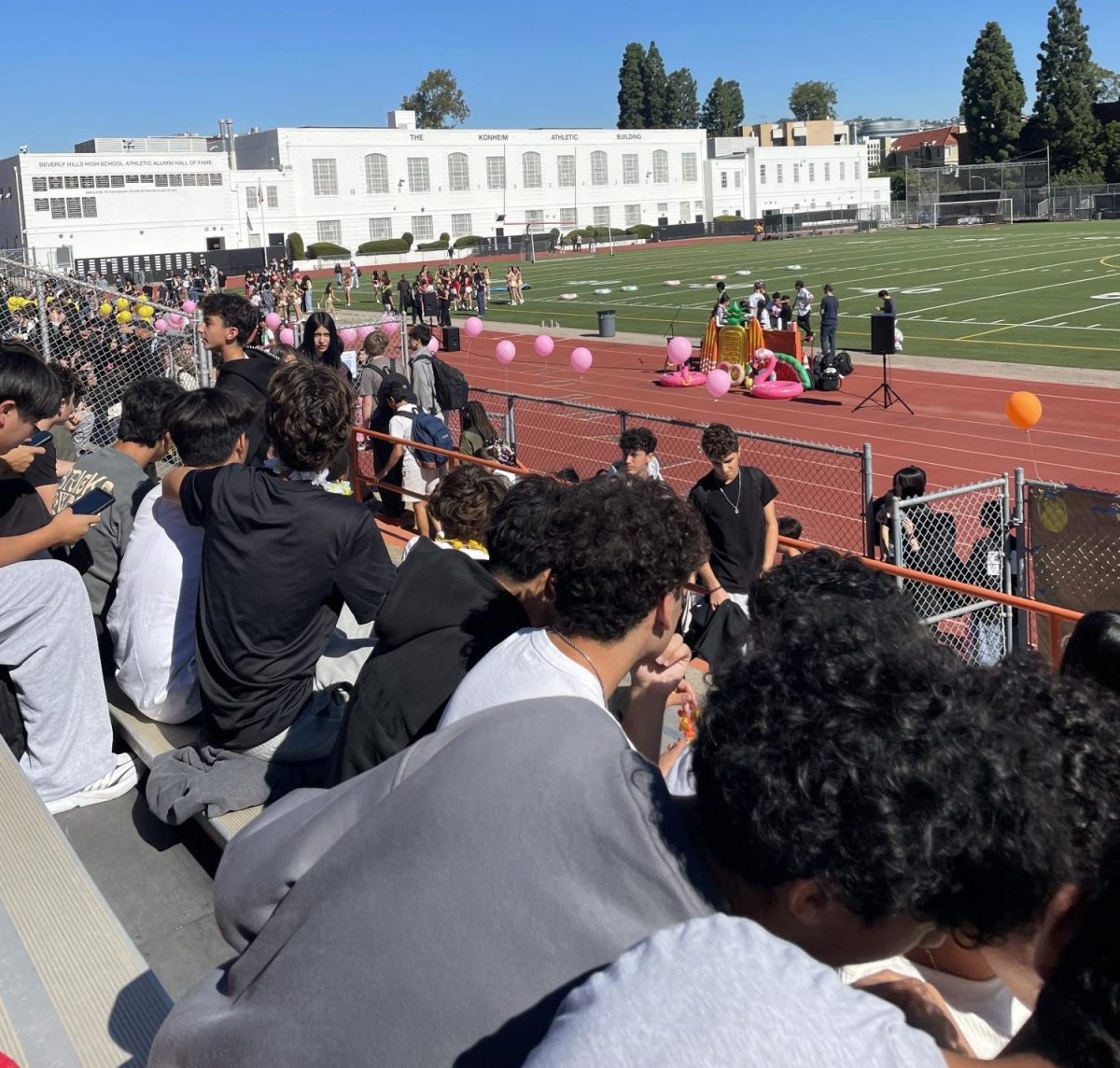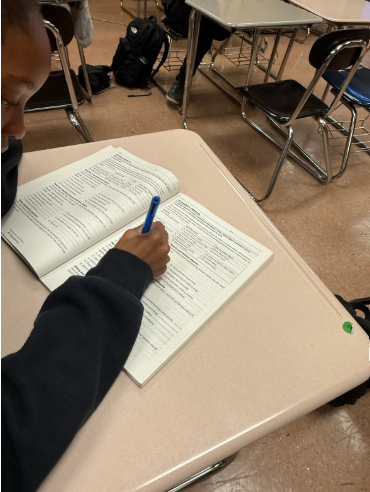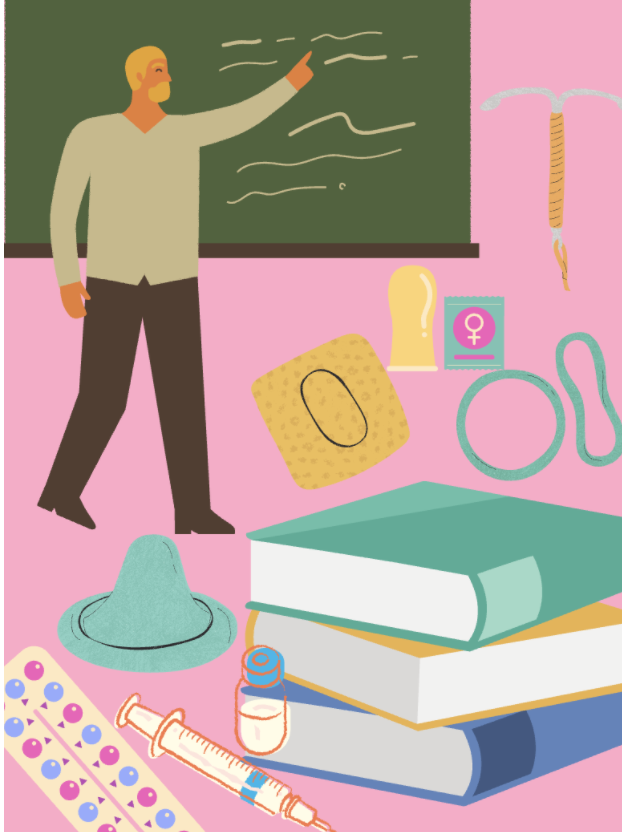Defne Onal staff writer
When I took health as an elective requirement my freshman year, I remember being utterly dissatisfied with the lesson we had on Sexually Transmitted Diseases (STDs). I skimmed through the chapter of our current health textbook, Lifetime Health by David P. Friedman, and wondered where the information on contraception was. Confused, I asked the girl sitting next to me if that was the end of the unit. She replied, “I’m pretty sure they published this book in 2004. No wonder all it talks about is abstinence.”

In the textbook, the words “condom” or “birth control” are not used once. When asked if the school textbook does enough coverage of contraception methods, health teacher Heather Godin answered, “I also include outside educational resources to support the textbook.” Godin uses guest speakers and external support to liven up her class, which is greatly appreciated. However, it is not nearly as effective as the school district using a current textbook that covers what contraceptives are.
According to the California Department of Education Health Education Standards, one of the essential concepts of the curriculum is to compare “the success and failure rates of FDA-approved condoms and other contraceptives in preventing HIV, other STDs, and pregnancy.” They also emphasize that public schools analyze “the validity” of products related to sexual health. In a Highlights poll of 77 students, 62.3% answered “no” to if enough information was taught to high schoolers about birth control in health class. Only 10.4% answered yes. Even with the external resources used, the school curriculum is not fulfilling its duty in covering contraceptives; which is dangerous considering that unsuccessful sex education is usually associated with unwanted pregnancy and STDs.
A response in the poll from an unnamed student said, “I don’t think I learned anything about birth control from school other than ‘you should use it.’ If I did learn any more than that, it happened way too early and wasn’t continued for long enough because, by the time I was having sex, I forgot everything else.”
Similarly, an unnamed source stated, “The textbook is very outdated, and a lot of the information has been further researched, which means that most of the book contains inaccurate information.”
Many things have changed since 2004, including the discussion about contraceptives when it comes to teenagers. According to the CDC, 62% of women aged 15 to 44 use birth control. As the statistics support, the curriculum shouldn’t bar high schoolers from this conversation. A current textbook and health education that highlights the variety of birth control offered to people, such as condoms, IUDs (intrauterine devices), pills, implants, shots, patches and the effort to create male birth control, is needed to keep students safe.
“I feel like they might leave it out of the curriculum because it makes people uncomfortable, but I think it’s necessary for everyone to learn about [birth control], despite their gender, and be informed. If you’re learning from a textbook from 2004, that won’t necessarily help us in 2021,” junior Tina Moazemi said.
There has to be more effort shown by the school to counsel teenagers on contraception. Instead of ruling out a particular area for adolescents to explore, it is better to empower them to control their reproductive health by thoroughly expanding the discussion on contraceptives.







